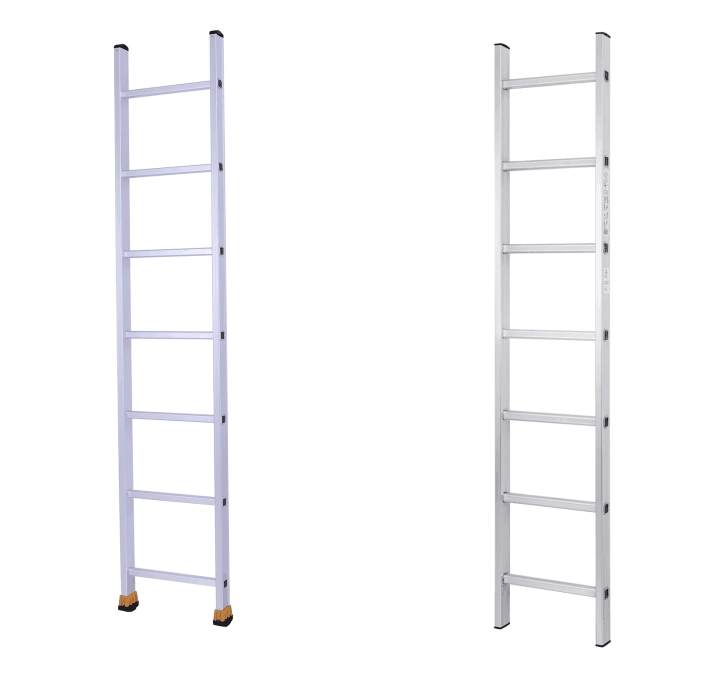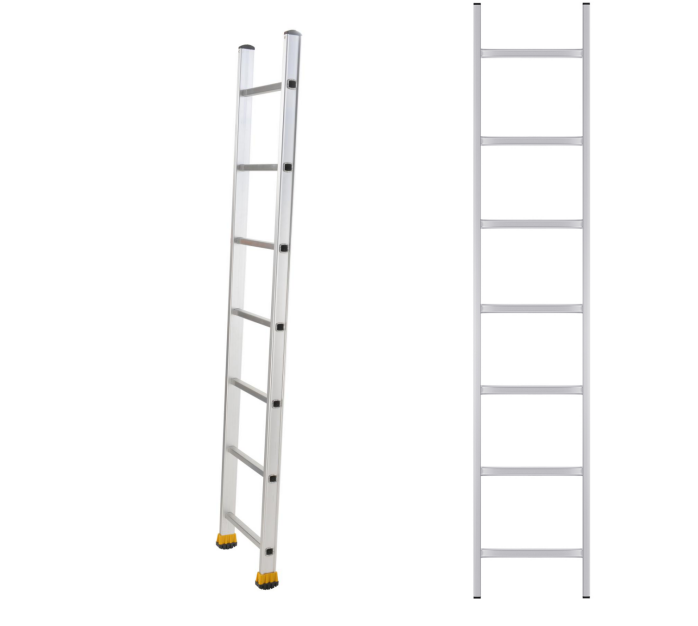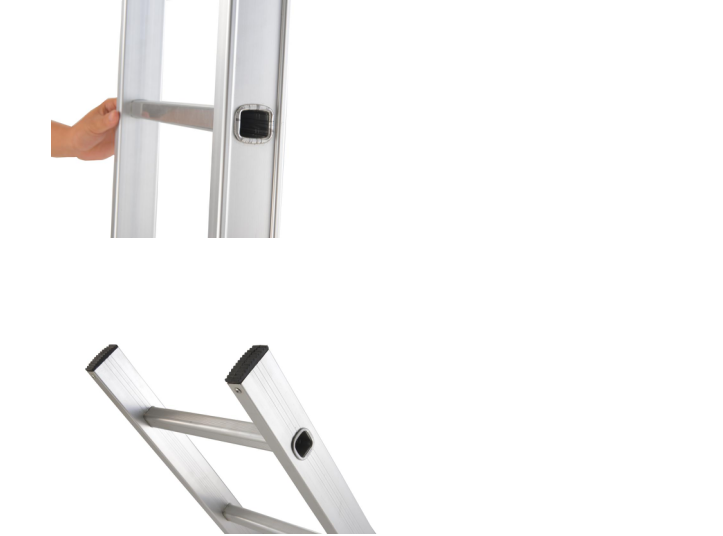A manuscript manuscript is often processed by many devices to obtain its copy. These devices include input devices, graphics and image processing device output devices. The digital prepress graphic information processing system is open and is not limited to the equipment, materials and processes used. The diversity of the color rendering features of devices of various brand types and color characteristics increases the difficulty of color accurate reproduction. Graphic information In the transmission of these devices, it is inevitable that there will be information loss, and even the reproduced images and manuscripts will be far from each other in terms of color gradation and saturation. In addition, the pre-press treatment has basically determined the general quality characteristics of the print, and only the dot-reduction characteristics and the depth of the ink can be adjusted in the printing process. To change the color tone structure of the image and improve the visual effect, the most important thing is to work hard on the selection of prepress and the operation of scanning color separation. It can be said that some subjective and objective factors have led to the "grade" of product quality in the early stage of production.
Due to the uneven quality of the images provided by customers during printing, the quality of the printed matter is difficult to guarantee. Without high-quality manuscripts, it is impossible to guarantee high quality prints, which is due to the relationship between fruit and fruit. A manuscript captured with a digital camera should be processed into a color image on an A4 format. If there is no home high-end or professional digital camera with a professional optical lens with an accuracy of more than 6 million pixels, it is extremely difficult to meet the requirements for prepress production. Another network downloaded image is limited by the network bandwidth or the accuracy of the network image itself is not high (the resolution of images available for download on the network is often very low, basically 72 DPI), it is difficult to meet the printing needs. To meet the requirements of professional printing, the resolution should generally reach 300 DPI.
In color printing jobs, there are often print quality problems such as sticky ink pile headings or on-the-spot voicing. The production of these quality problems cannot exclude the printability and equipment factors of the used paper inks, but there is another reason. That is, the prepress design did not combine well with the actual requirements in print production.
The reason for the pre-pressed design to cause stickiness is that the sum of the picture gradation values ​​is the total amount of the ink is not set properly, and the sum of the gradation values ​​of the cold-fixed sheet-fed ink without drying is not more than 260%. In practice, many people do not understand this, and only rely on personal preferences to pursue full-color, and often set the sum of tone values ​​high. This results in the use of on-the-spot titles to make dark areas of large areas piled up, and For example, overprinting on the underside of the laminate, and back rubbing due to insufficient drying of the ink. For these problems, in the printing practice process, we must find an effective solution: First, a reasonable sum of picture tonal values, consciously the total amount of image ink as close as possible rather than higher than the national standard value, so that printing The image can come out with both the level and clarity, but at the same time can shorten the ink drying time, so that the printed product is not easy to stick dirty. Second, the rational use of background color removal technology, part of the removal of the background color, reasonable control of neutral gray balance, increase the image contrast, increase saturation. This will not only effectively ensure that the picture is colorful, but also difficult to produce dull ink color dull and dirty. Taking into account the expansion of commercial rotation printing outlets and other situations, using about 90% of the deep network to replace the field, it is very effective to solve the virtual cast of the title or the field.
Usually the black characters should be multiplied, with 100% black, and at least 35% green in the black area, but the operators do not understand why this is the case. Here I briefly discuss the reasons for this with the information in hand and my own experience.
When we are painting color paintings (gouache), we will encounter a situation in which when we use simple black colors to paint, we will find black and grey when the screen is dry. At this time, we will add a part of the blue or deep red to feel it. To black becomes thick, the same reason, in the design of a large area of ​​black to add at least 35% of the blue, you will feel the color becomes heavy. Why not add red? Here we have to look at the black in the software and printing in various situations.
The setting of four-color black in Photoshop is very special. As far as Photoshop 7.0 is concerned, the default black color of the software is always: C75, M68, Y67, K90. This is a very difficult-to-understand figure. Actually, this is the default. Black, Photoshop is the initial setting of the LAB mode, the value is L0a0b0, which is the calculated value in the software system, and the colors of R0, G0, B0 of RGB color are exactly the same as L0, a0, b0, so this color It is also an accurate "black" color. However, in the CMYK color, K100, which is usually referred to as black, cannot accurately express this "system black". In a RGB (Lab) color system that is larger than the CMYK color system, the K100 is only an incomplete depth. It's gray, and this dark gray is reddish! This is a real-world phenomenon in the actual printing process. The printers use the expensive black (K) color ink and the printed effect is always far less than RGB. (Lab) Black on color, but also reddish tone. With respect to reddening, we can look at the "gray" parts of a large number of prints - when we look at them for a long time, we will find that they are all impure gray red.
Now we can easily understand why there is this puzzling figure in Photoshop: C75, M68, Y67, K90. Now that the single black is not black enough, then add more paint, and it turns out that when CMY and K share, Can get more full black effect, but also to correct the unpleasant "reddish tone", C, M, Y, K color system added about 8 percentage points of the blue (C) ink to balance, in fact This is a simple and effective way to make the color of printed products more correct.
We can also discuss in more depth the black (K) ink's color cast: When the black ink is washed with white printing ink very light (note that not reduced net), single black (K) ink is partial-blue, but As the dilute is weakened, the color cast will gradually shift towards cyan-purple-purple-purple-red. Why can't we see blue in printed matter? Looking at the grayscale in prints with a magnifying glass, we can see that they are not produced by white printing inks, but instead use 100% black ink. This is achieved by subtracting the net, so they all show the deepest color cast: a reddish tone.
In the ink, red is a permeable color, that is, in all colors, the red ink feels the presence of color more. When red ink is added to the black ink, one can clearly feel that the red color appears, while blue does not.
Because all single black gray colors are strictly reddish, so in Photoshop, you want to get the ideal gray color, it is best to add a certain proportion of blue (C) color.
For text, we all know that multi-channel black is easy to print and paste, so when designing printed text in Photoshop (especially for small prints), 100% single (K) black must be used.
If there is a gray block, the file is made of K20. When the film is issued, there will be dots on the gray film, and the screen will not be able to see dots. This is mainly because the depth of color is controlled by the density of the dots. The screen shows a color block, but the printing is achieved by relying on dots. We use a magnifying glass to look at it. In fact, the color of each dot is a solid color, but their distribution is dense. So how can we make non-white gray? It is recommended to use non-graded spot colors.
Traditional Ladder item--Single straight ladder , the Aluminum Single Straight Ladder allows you to climb more higher height to work easily .The height of the ladder could be depended on you .The longest height can be 6 meters . Very strong because of aluminum compact construction , holding steady as the hard non-slip plastic cover .Conforming to the European safety standard .
More details as follows :




Q: Are you factory or trading company ?
A: We are factory , exported foreign over decade with rich experiences .
Q: We can change the color of the rubber cover ?
A: yes , the regular is black , you also choose other color .
Q:What`s the MOQ ?
A: 50 PCS.
Q: Can I have a sample ?
A: It`s ok .
Q:What`s your price ?
A: It`s depends on your demands, quantity , we can offer you lowest price .
Q:What`s your delivery time ?
A: Sample order : 3days , bulk order : 23-25days .
Q: Can we use our logo or brand on the package ?
A: yes , OEM is ok .
Q: What`s the payment :
A: (1) T/T: 30% deposit be paid in advance , the 70% of total payment see the copy of B/L.
(2) L/C it`s ok .
(3) Cash also ok .
More inquires or questions , plz feel free to contact us !
Welcome to visit our factory !
Single Straight Ladder
Single Straight Ladder,Aluminum Single Straight Ladder,Single Side Straight Ladder,Single Straight Telescopic Ladder
Yongkang Aoyi Industry&Trade Co., Ltd. , https://www.aoyiladder.com